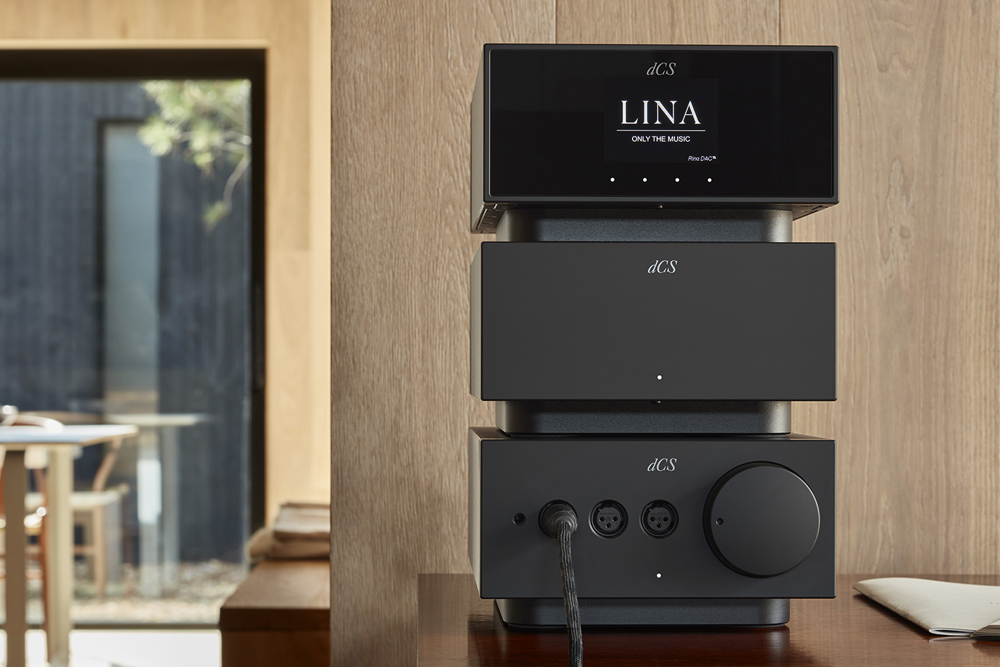When peering into the stratosphere of DAC technology one quickly meets dCS, who provides a range of exquisitely crafted and engineered ‘listening experiences’. At the pinnacle lives the recently released Varèse, along with Vivaldi, Rossini, and Bartok, products upon which dCS has built its reputation (and rumour has it a new flagship Varèse SACD/CD transport is around the corner). And now, Lina, a relative newcomer in as little as one, or as many as three pieces (Network Streaming DAC, Headphone Amplifier and Master Clock) which dCS claims represents a new frontier in music playback. I had the Lina Network DAC and Master Clock for evaluation as the subjects of this review.
The Next Level
Lina really is meticulously crafted – she’s petite and athletic and with a tactile feel to her casework. Very nice… Seriously though, I love the solid, inert shoebox form factor allowing stacking or side by side placement. When placed side by side – they look like they are one component. The case, I discovered, is crafted from billet aluminium – known for its light weight, and low resonance both excellent properties for audio.
It’s no secret that all dCS components are engineered to deliver the highest levels of audio performance and utilise many world-renowned technologies. According to dCS, with Lina, the challenge was to make a smaller version of the Bartok. There were no corners cut and Lina employs the same Ring DAC which is the most significant technology and the center piece of the design. The Ring DAC architecture is physically large and for Lina, dCS designers came up with the ingenious solution to ‘fold’ the PCBs around in the inside of the case. The filter technology and Cross feed features were also added, along with ‘Expanse’ (a unique headphone processing platform applied in the Lina Headphone Amplifier) which dCS say was three to four years in development – all designed with headphone listening in mind.
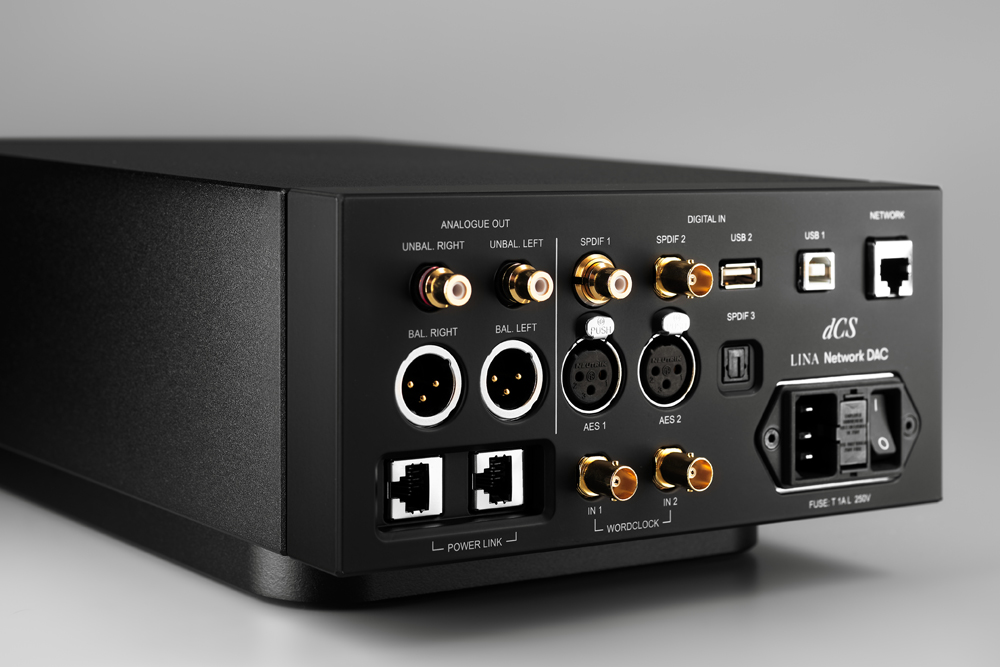
The specifications for Lina are the most comprehensive I’ve ever seen. I’ll leave the reader to investigate the dCS website and summarize the most salient details here. Connectivity options include balanced (XLR) and unbalanced (RCA) analogue outputs along with inputs including two AES/EBU, one S/PDIF BNC coaxial, one S/PDIF on RCA, one Toslink optical, one USB Type B, and one USB Type A connector for mass storage devices.
Lina supports DSD64, DSD128, Native DSD + DoP (input dependent) along with PCM up to 384 kHz/24-bit for file formats including FLAC, WAV, AIFF and MQA. Crosstalk is better than -115dB from 20 Hz to 20 kHz. There are six PCM filters providing a series of different trade-offs between the Nyquist image rejection and the phase response and four DSD filters progressively reducing out-of-audio band noise, plus a fifth filter which has an improved transient response. Signal-to-Noise Ratio (SNR) is stated as better than 113dB0, 20 Hz to 20 kHz unweighted.
Setup
Lina was very easy to set up, she detected my NAS automatically allowing access to my music library and internet radio. I searched for my favourite station, and tuned into RTRFM. I was listening to the “Buenos Aires Blues” by the Vargas Blues Band in a matter of mere seconds. I love it when stuff just works.
I noted that Lina’s display doesn’t show album art, which is a shame, however it does show a very cool pattern of what looks like a combination of frequency waves. I’m not sure the rationale to not provide the album art – I suppose you could argue that displaying album art is a little ‘pedestrian’ these days, however it could be provided as an option to be enabled for those who like it, and I think, if you’re going to drop $22K, or more, on something that adorns a shelf in your house it should look exactly the way you like it. The display text size is configurable, but even on the largest setting, I found the text just a little too small to be read if you’re seated around 10 feet away.
You have the option to switch off the display, but the four white LED lights at the bottom of Lina remain on and they are quite bright, an option to dim them or even turn them off when the display is turned off would have been great.
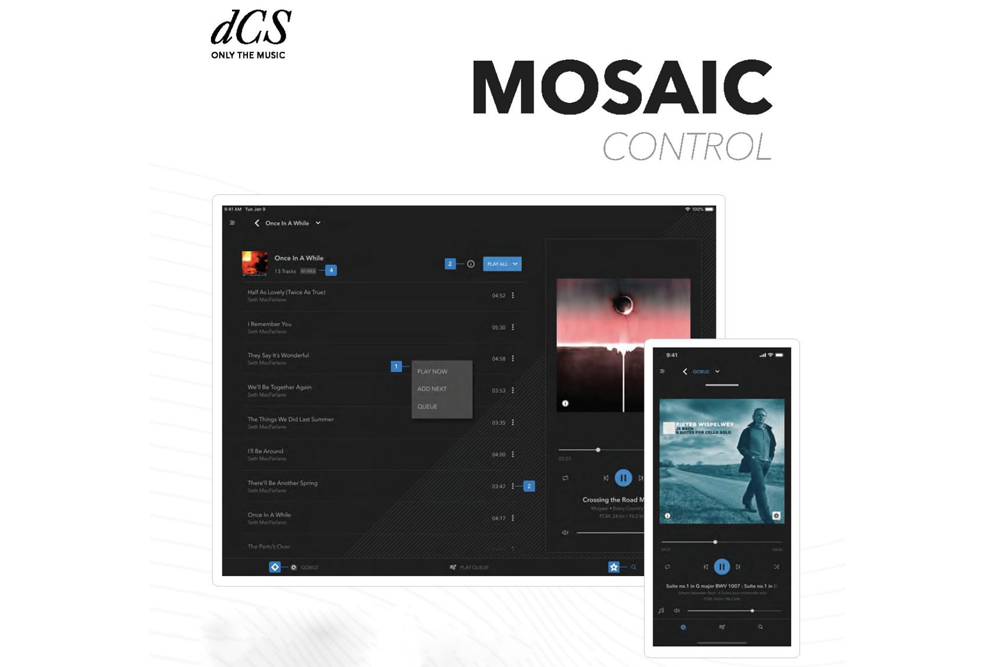
The Mosaic app is easy to navigate and allows you to access a host of hardware configuration options including various filters – each of which provides a very subtle difference in the overall voicing. I recall this also being a feature of the Chord Qutest DAC which I reviewed a few years ago (read here) and when I marveled at how far we have come since the days when the graphic equaliser was the only real way one had of tailoring the sound to your own personal preference. Mosaic also provides album and artist information in an engaging interface quite similar to Roon. It’s one of the best apps I’ve come across.
The settings menu of Lina is very comprehensive, allowing you access to a myriad of settings which include configurable line output voltages from 0.2V, 0.6V, 2V, and 6V which guarantee her compatibility with almost any choice of amplifier. One particularly handy feature is the channel check which allows you to confirm your connections have been made correctly without the need for a test disc or for searching system setup files.
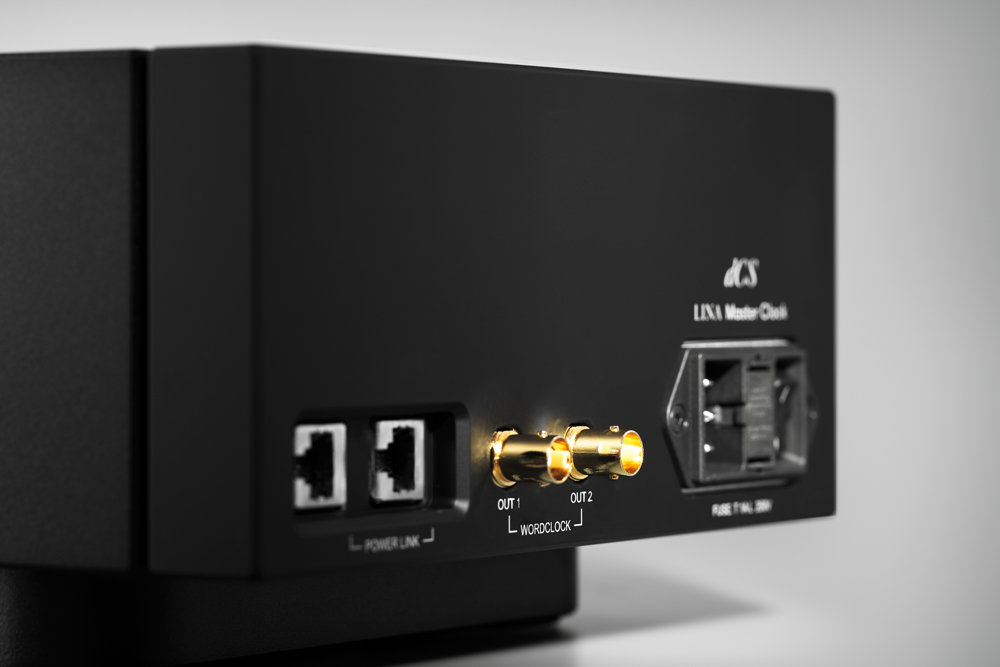
The Master Clock is an inauspicious looking box which can partner with Lina as an upgrade to provide an even more insightful musical experience. dCS recommends the Master Clock for sources such as USB and network audio which are the inputs most susceptible to jitter and consequently able to benefit from its minimisation. I didn’t try USB, but I did perform almost all of my listening using the network audio input, and I found that the master clock adds a level of precision and ‘surefootedness’ to the overall sonic picture. It’s subtle rather than a night and day difference, as the overall character of the sound remains, which is testament to just how good Lina is as a standalone component. Nonetheless, the Master Clock does provide a worthwhile improvement, allowing you to ‘see’ a little deeper into the musical presentation.
Listening
I started my auditioning with Sarah K’s “All Your Love (Turned to Passion)” from her Waterfalls album as this illustrates nicely the difference the Master Clock makes. When the Master Clock is removed it feels like something is missing. The music seems to lack a little precision. The strings still sounded like steel and the bass still started and stopped on a dime but without the Master clock it’s just a little less thrilling.
The fabulous Baroque work “Pieces de Viole Book 3 Suiten A Minor” on the Harmonia Mundi label (192 kHz/24-bit) from Marin Marais’ Folies d’Espagne, la Reveuse & Other Works played by Jean-Guithen Queyras (cello), and Alexandre Tharaud (piano), weaved an image which was incredibly three-dimensional and rock-solid between the speakers. The atmosphere in this recording was reproduced with aplomb by Lina, and Queyras’ bow work had speed and precision which clearly illustrated Lina’s ability to resolve the differences in the pressure applied to the bow. Tharaud’s piano was pristine and seemed to almost occupy the space in front of me. This album will sound great on almost any decent system, but Lina’s ability to extract and present intact the finest details really does take your musical enjoyment to the next level.
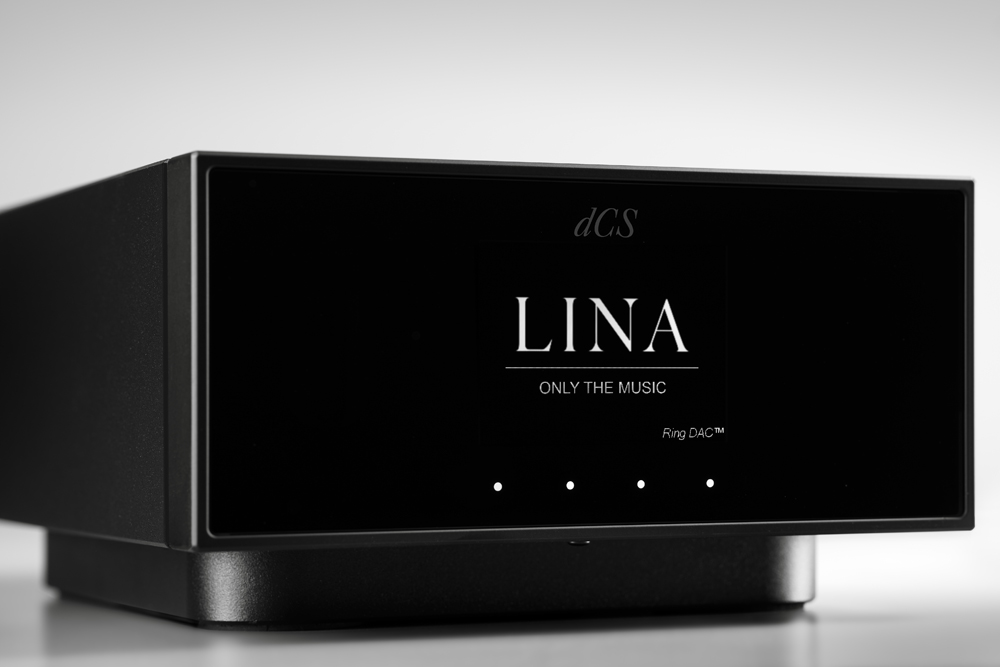
Ray Brown’s Super Bass is a fabulous live recording made with John Clayton and Christian McBride at Sculler’s Jazz Club, Boston USA in 1996. Everything is well proportioned on this Telarc recording. On tracks including “Who Cares?” and “Mack the Knife”, Lina virtually transported me into the club alongside the musicians. The realism, whether it be bow or picking, the resulting bass was stunning. Through Lina the depth of bass felt unrestrained, the drums snapped, the cymbals shimmered and the piano sounded completely authentic. This immensely enjoyable performance was a treat. Lina managed a level of finesse that is rare in competing source components and DACs.
A similar experience with Eric Clapton’s “Rocking Chair” and “Still Got the Blues” from his 2010 Clapton album. The brushes on the drums were palpable. Clapton’s vocals and guitar seemed to have an edge, making the performance both more intimate and exciting than had otherwise been the case. “Rocking Chair” is such a chilled, relaxed tune it’s been played many times these past few weeks and, looking back at my listening notes for Lina, I’ve scrawled “it’s as if there’s no lower limit to the frequency extremes” and “both subterranean and airy”.
John Butler’s “Better Than (Live)” from his album Tin Shed Tales was a delight. Again, Lina’s presentation was very neutral, and the extended HF response managed to capture the venue’s atmosphere and provided a better level of energy and realism to the harmonica than my usual setup.
On Talking Heads’ “Burning Down the House” things really came alive making my Perreaux Audio DAC sound a little sterile by comparison. It’s interesting (and thankfully so, or this pursuit could become frequently frustrating) that you can enjoy what you have, however, on hearing something better, it quickly became obvious that what I was used to was, in general, less resolving of the finer details. My playback gear regularly came up short in its ability to resolve all of the textures. Such is progress…
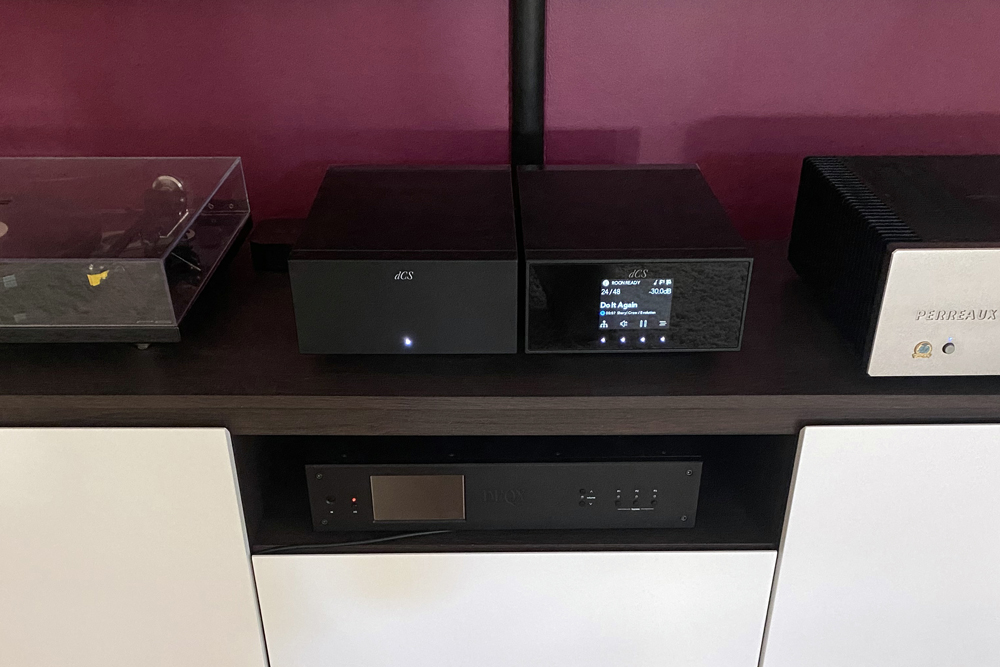
Finally, Billy Cobham’s “Stratus” from Billy’s Spectrum album (Qobuz 96 kHz/24-bit). This is a longtime favorite of mine and through Lina delivered a stupendous snap of the drums, and the force of the sticks on metal. The bite of the electric guitar was (at an appropriately high volume) edge of the seat gripping. Through Lina, music has a greater level of dynamic contrast and a fantastic sense of speed and precision which was nothing less than thrilling when Billy really ‘gets his motor on’.
The piano on “To the women in my life” also from Spectrum had an enthralling sense of warmth and resonance. It was more full-bodied than the Naim Uniti Nova PE that had also found its way to my rig for review (although to be fair the Nova is considerably less expensive and a different type of product). Also obvious was that the vocals seemed to have more dynamic contrast between the shouts and whispers, with this contrast really turning out to be a strength after several weeks of listening and comparisons.
One thing that struck me consistently with Lina was the depth of the bass and the airy top end. I’m not sure if there is some slight emphasis in the voicing… it’s not apparent on any single track but it’s more of an impression that builds in you.
Conclusion
Lina is one of those components that is not immediately impressive, delivering an incredibly neutral and detailed sound which is never fatiguing. Instead, Lina really grows on you and perhaps the highest compliment would be that it’s difficult to let go of once you’re used to it.
While there is plenty of equipment that uses all the latest technology and measures well, Lina is a testament to the fact that the real art is in how the tech is implemented. Real magic only happens when every detail has been examined and perfected. This is what separates the very finest systems, like Lina, from the simply very good. Though the nuances may be small and quite expensive leaps to take, when you hear them, and what is possible, the value can quickly be seen.
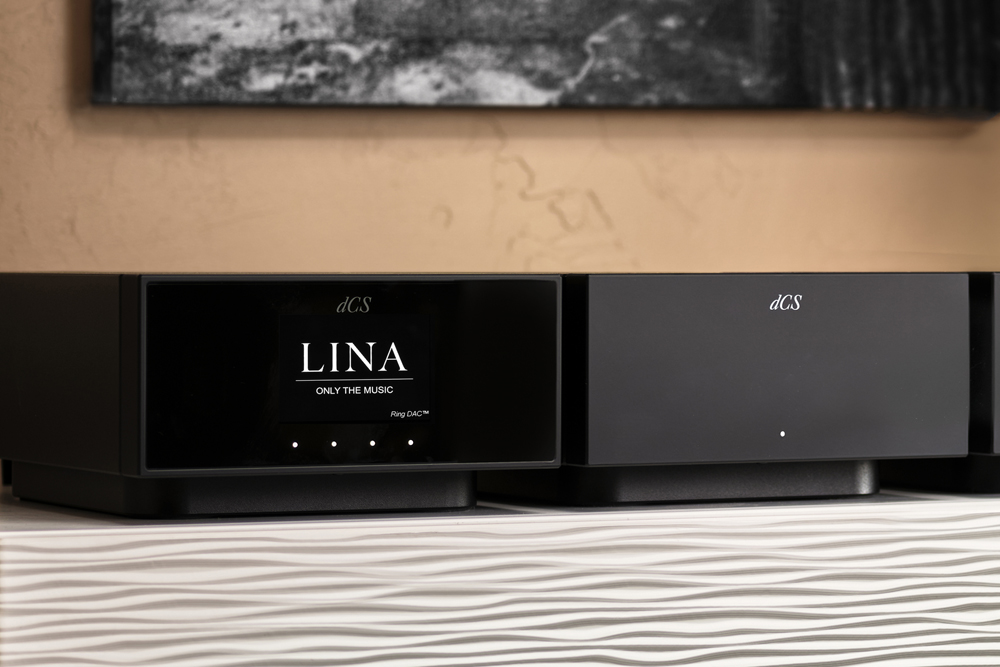
For some this is less important than others. I know people who simply can’t appreciate these nuances and some who can hear them but don’t care, but for most of us, music is one of those arts where there is a powerful emotional connection. We all have different priorities, and these priorities can change as we move through different phases of life. Systems like Lina won’t be the right choice for many but, for some, she will appear to be heaven sent.
Compared to other components traversing my system in the last 12 months or so, Lina is the best Streaming DAC I’ve had in my system to date. If only I could get my hands on a Vivaldi…
… Barry Jones
www.soundstageaustralia.com
Associated Equipment:
- Speakers — Sonus faber Amati Homage
- Amplifier — Perreaux e250i 40th Anniversary Edition integrated amplifier with Eloquence DAC
- Sources — Digital: Lumin T1, Oppo BDP-105D Analogue: Rega RP6 turntable, Rega Exact-2 cartridge, Rega Aria phono stage & Rega Couple interconnects
- Processor — DEQX HDP-5
- DAC/Headphone Amplifier — Chord Mojo DAC
- Headphones — AudioQuest Nighthawk
- Cables — Nordost White Lightning, Kimber Cable Timbre balanced and Van den Hul D-300III unbalanced interconnects, Atlas Compass Digital Coaxial Audio Cable, QED Performance Graphite USB
- Miscellaneous — Isotek Sirius Power Conditioner, 8 x Auralex SA8600 bass traps in front wall corners, 12 x Sound Acoustics MP700-40 ceiling acoustic panels
dCS Lina Network DAC and Master Clock
Price: Network DAC AU$22,000, Master Clock AU$12,750
Australian Warranty: Five Years
Australian Dealers:
NSW – Audio Connection, Minidisc, VIC – Sound Gallery, Tivoli Hi-Fi, QLD – Trimira Audio, Brisbane Hi-Fi, WA – Frank Prowse Hi-Fi, (NZ – Paul Money Hi-Fi)
Australian Distributor: Advance Audio Australia
+61 2 9561 0799
www.advanceaudio.com.au
Data Conversion Systems Ltd
Unit 1, Buckingway Business Park, Swavesey
Cambridgeshire CB24 4A
England
+44 (0)1954 233950
https://dcsaudio.com/






